The paw paw (AKA pawpaw, paw-paw, wild banana, prairie banana, Indiana banana, Hoosier banana, West Virginia banana, Kansas banana, Kentucky banana, Michigan banana, Missouri banana, the poor man’s banana, Ozark banana, and banango) is the largest edible fruit native to the United States, and is abundant here in Richmond. If you’ve ever been down to Pony Pasture, Belle Isle, or Buttermilk Trail, odds are you’ve walked or ridden or floated right by a paw paw patch and didn’t realize it.
The trees grow slim and tall along the riverbank and under the taller trees along the floodplain, with large almost tropical looking leaves. The paw paws spread by sending up suckers, so the trees grow in dense patches of genetically identical plants (e.g. a paw paw patch). Once you ID what the paw paw leaf looks like, you’ll start to see the trees all up and down the river.
[sep]
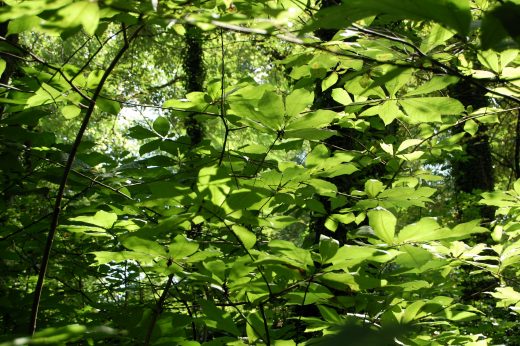
[sep]
The paw paw fruits are about the size of peach, but are smooth and oblong. They have an outer skin and seeds the size and shape of large butterbeans. The fruits start off a light green color, but become yellow or brown as they mature. The paw paws fall off of the tree just before ripening in late August or mid-September, and is most easily harvested by picking it up and putting it in your pocket. Paw paws can be kept only for a few days at room temperature, or a week if refrigerated, and bruise very easily.
[sep]
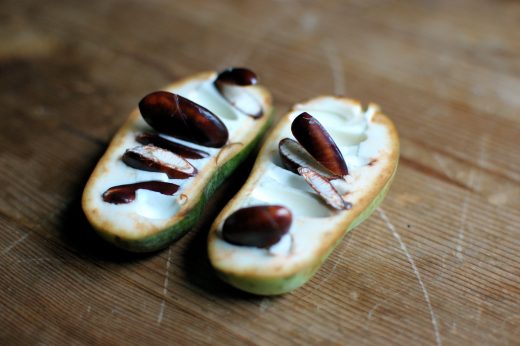
[sep]
Like apples or bananas, paw paws can be eaten raw. The meat of a ripe paw paw is creamy, with a custard-like consistency and flavor commonly described as a mix of banana and mango and maybe a dash of pineapple or melon. Paw paws can replace bananas in about any recipe, and make a good ice cream ingredient. Chilled paw paw was a favorite dessert of George Washington, and Thomas Jefferson planted paws at Monticello.
[sep]
[sep]
This piece was originally published on RVA News on August 23, 2013

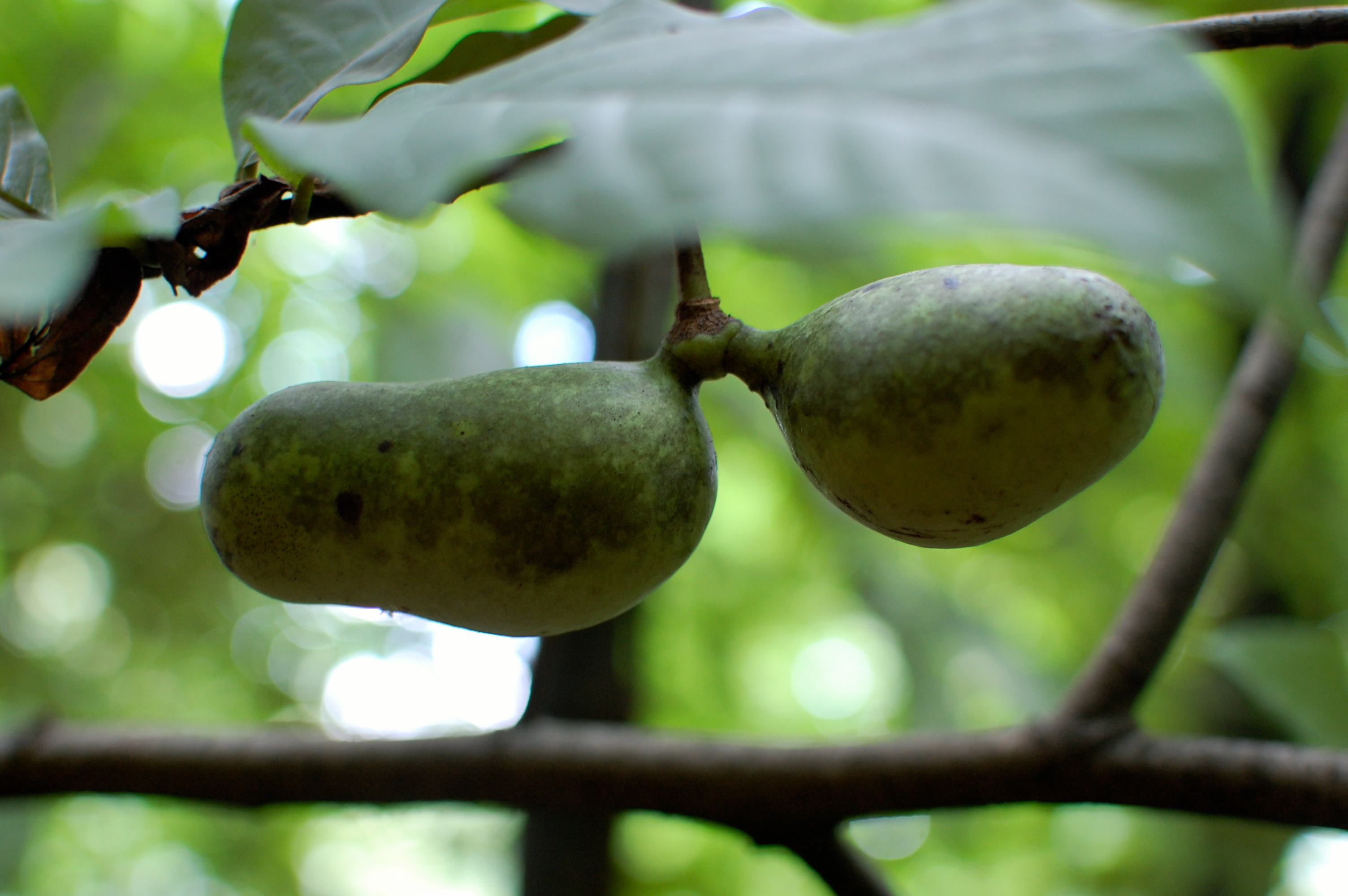
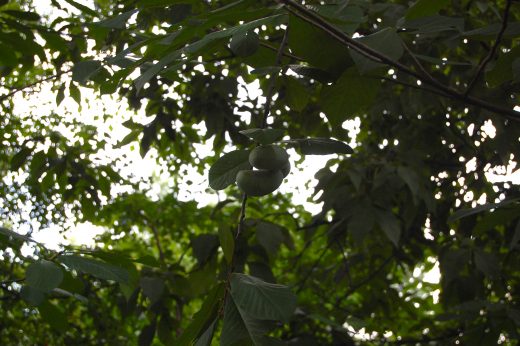
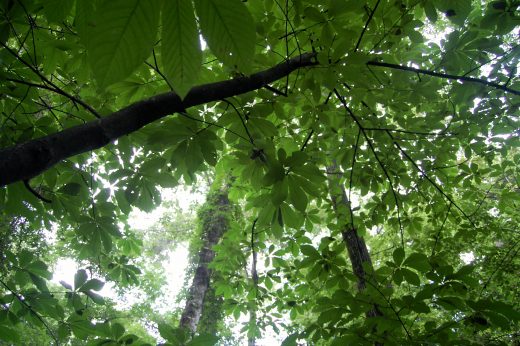
16 comments
Chris Lumpkin liked this on Facebook.
Vanessa Reyes liked this on Facebook.
Amelia Kirby liked this on Facebook.
Reid Collier liked this on Facebook.
Sandra Lubbers liked this on Facebook.
Kathy Albers liked this on Facebook.
Jenny Tremblay West liked this on Facebook.
Marc Kaplan liked this on Facebook.
Taschi Zorn liked this on Facebook.
Megan Meggers Ramsey liked this on Facebook.
The trees are hosts to Protographium marcellus, zebra swallowtail caterpillars, and the fruit make a very decent addition to homemade nut bread~
Allison Rutledge liked this on Facebook.
Tina Bujno liked this on Facebook.
Kim Flournoy DiJoseph liked this on Facebook.
Jim Coleman liked this on Facebook.
Alex Goodmundson liked this on Facebook.